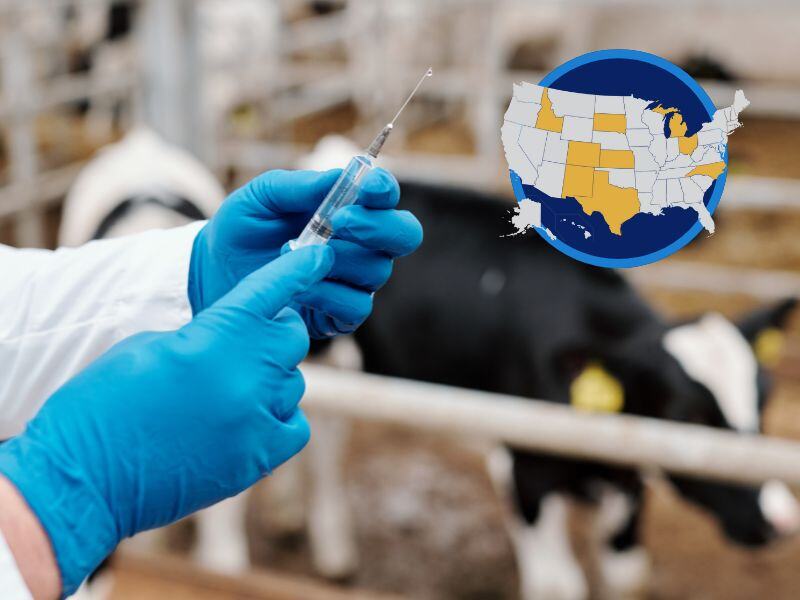The EMA’s Vaccines Working Party: The New Authority on Vaccines

The Committee for Medicinal Products established the European Medicines Agency’s (EMA) Vaccines Working Party to conduct specific vaccine-related tasks. But what are these tasks, and what is their timeline for achieving them? We take a closer look at the Vaccines Working Party’s three-year working plan, published at the end of 2022 when the party was formed, to better understand its scope.
The Vaccines Working Party’s Main Tasks
The EMA cite several key tasks for the Vaccines Working Party. First, they work on preparing, reviewing and updating concept papers and scientific guidelines on non-clinical and clinical development of vaccines against infectious diseases. Non-clinical development guidelines focus on pharmacology studies which support the demonstration of protection and immunogenicity.
- No More Hold-Ups: FDA Lift Hold on Parkinson’s Drug
- FDA Grant Approval for Alzheimer’s Drug Leqembi
- POLIVY vs ODAC: Can the Cancer Drug Score Another Indication?
The Vaccines Working Party is also working to provide product-related support upon request from EMA Committees, the Scientific Advice Working Party, and other EMA Working Parties and expert groups.
The Vaccines Working Party has also been tasked with liaising with interested parties, including those from industry, healthcare professional organisations, and patient organisations. Finally, they provide training and workshops to assessors in the vaccine field.
Short-Term Strategic Goals
In the three-year working plan, the Vaccines Working Party’s strategic goals are laid out, along with the tactical goals, which are activities and projects established to help the party deliver its strategic goals.
There are two short-term strategic goals. The first was the finalisation of the Guideline on Clinical Development of New Vaccines, which was achieved at the end of 2022 and published at the beginning of February this year. It covers all the general principles of the clinical development and evaluation of vaccines, including guidance on circumstances in which it may not be possible to conduct clinical efficacy trials. The guideline also advises on cases where there may be no immune surrogate for protection that can be applied to immunogenicity data to extrapolate vaccine protection.
The second short-term strategic goal is the revision of the Guideline on Influenza Vaccines. This guideline was adopted in 2016, and since then, multiple requests for CHMP scientific advice and marketing authorisation applications have indicated a need to update and clarify certain sections of this guidance to render it more comprehensive and precise.
Long-Term Strategic Goals
The Vaccines Working Party also have several long-term goals outlined in the three-year plan. These include catalysing the integration of science and technology in medicines development through supporting the development of biomarkers, and diversifying and integrating the provision of regulatory advice along the development continuum.
Driving collaborative evidence generation to improve the scientific quality of evaluations is a further aim in the three-year plan. This will be achieved by developing network competence and specialist collaborations to engage with big data. Finally, the Vaccines Working Party is seeking to enable and leverage research and innovation in regulatory science. They plan to achieve this by encouraging collaborations between network scientists and academia to address regulatory science research questions and to share knowledge, expertise and innovation across the network and with their stakeholders.
Join Oxford Global’s annual Biologics UK: In-Person event today. This 3-day conference brings together a panel of prominent leaders and scientists, sharing new case studies, innovative data, and exciting industry outlooks.
Get your weekly dose of industry news here and keep up to date with the latest ‘Industry Spotlight’ posts. For other Biologics content, please visit the Biologics Content Portal.







